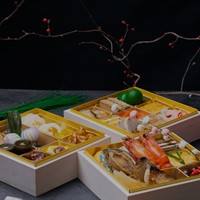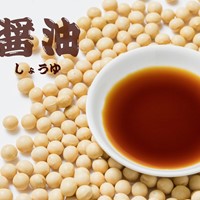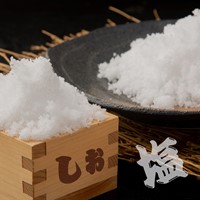8 Japanese Spices and Seasonings to Add to Your Grocery List
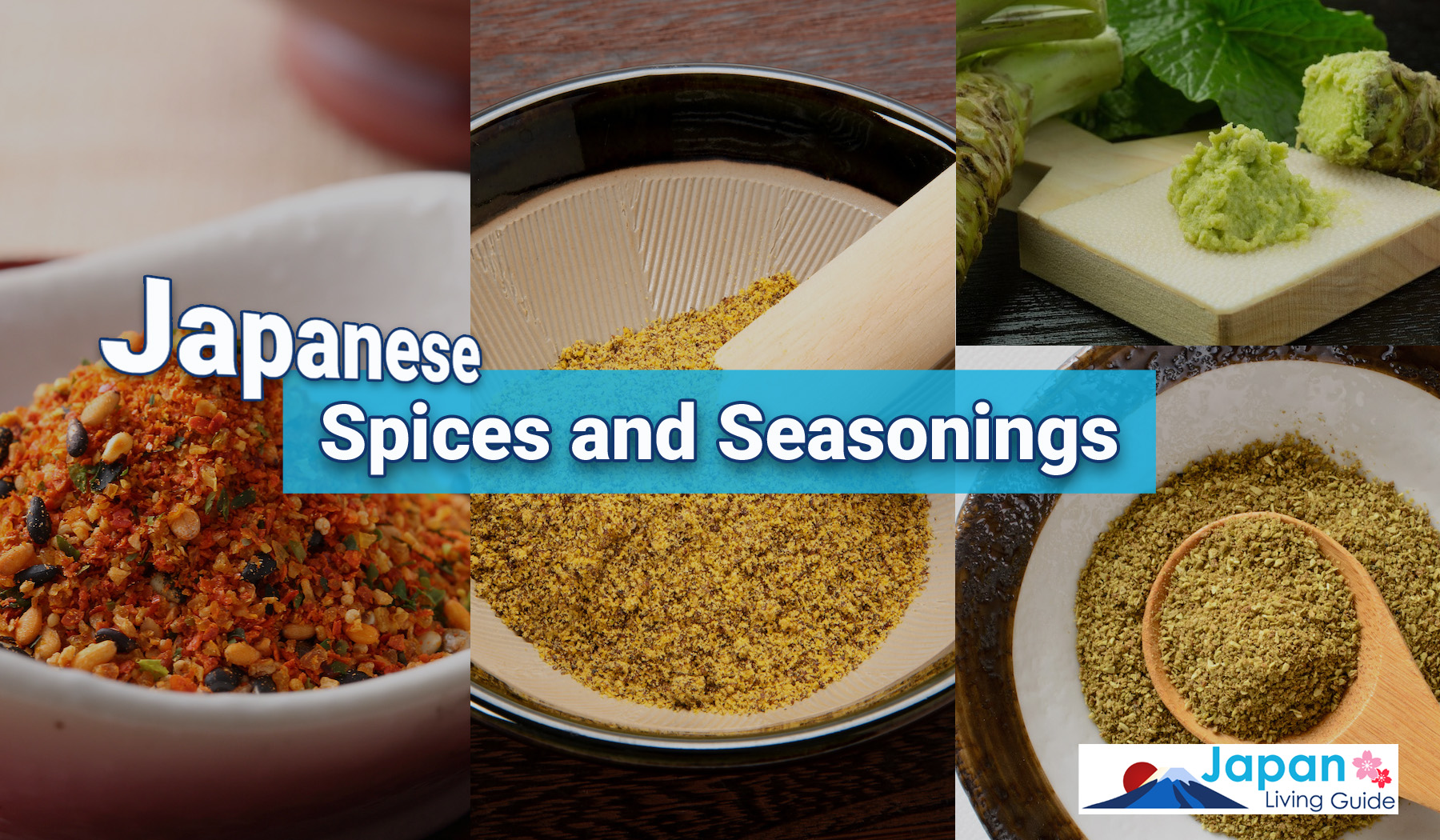
This page contains affiliate links.
When it comes to Japanese cuisine, spices and seasonings may not be at the top of the list. However, that does not mean that there are not a variety of unique ingredients used to help create the well-balanced, recognizable flavors of Japanese cooking.
Many of the following spices and seasonings are native to Japan or have been introduced from neighboring countries and become an integral part of Japanese cuisine. Here, we will look at some of the most well-known and popular.
20 Popular Japanese Seasonings, Sauces, and Condiments >>
What Are the Most Popular Japanese Spices and Seasonings?
While some of the spices and seasonings below are widely used in a variety of ethnic dishes around the world (such as chili pepper and garlic), they are often used quite differently in Japanese cooking. There are also some ingredients on our list that are unique to Japan and predominantly used in Japanese cuisine. These include seasonings like wasabi, shichimi togarashi, and sansho pepper.
Wasabi
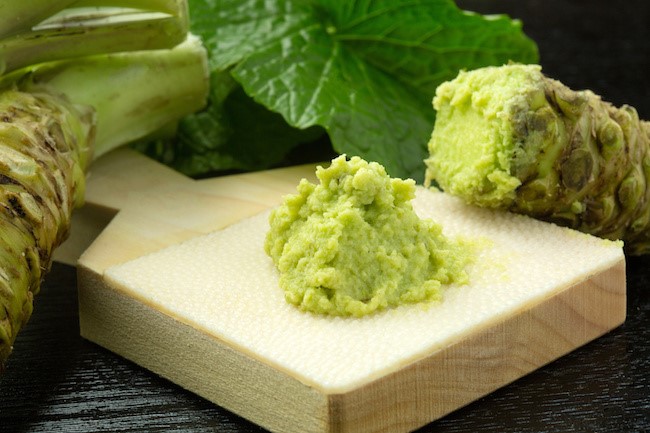
Wasabi is probably the quintessential spice of Japanese cuisine. With a long history, possibly dating back thousands of years, it gained popularity and widespread use in Japan during the Edo period.
The wasabi root has very specific conditions for cultivation and takes two to three years to reach maturity, making it a rare ingredient. Even today, “real” wasabi can be quite expensive.
While authentic wasabi is served by simply grating it with a Japanese-style grater called an oroshiki, there is also a popular wasabi substitute made with Western horseradish, food coloring, and other ingredients that is an affordable option widely available at supermarkets and restaurants.
Overseas, it is most well-known as an accompaniment to sushi and sashimi, however, in Japan it is also included in a number of other dishes, such as ochazuke (a type of rice soup) and cold noodles like soba.
The thick, green paste can be used both as a condiment or mixed into a dish, and is a unique type of spice that quickly stimulates the nose rather leaving a painful sensation on the tongue like what chilis are known to do.
《Click the photo(s) to purchase online》
Ginger
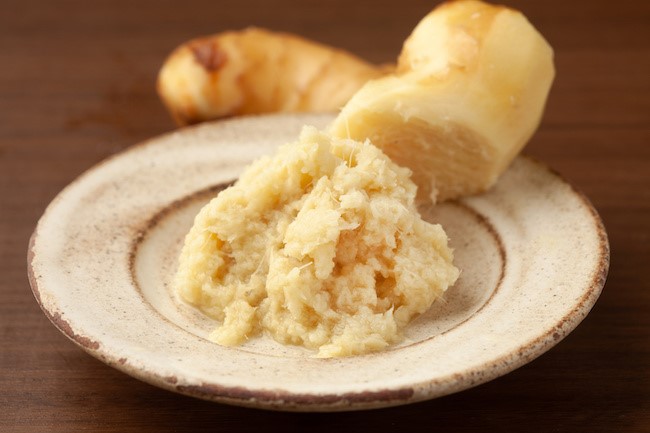
Ginger is a plant native to Asia and is widely used throughout a range of Asian cuisines, including Japanese dishes. It is often used sparingly to add just a hint of flavor or as a spice to flavor a sweet and sour sauce or seasoning for boiled or grilled fish. Pickled ginger is quite popular as a palate cleanser when served with sushi or an accent ingredient when incorporated with savory okonomiyaki pancakes.
Garlic
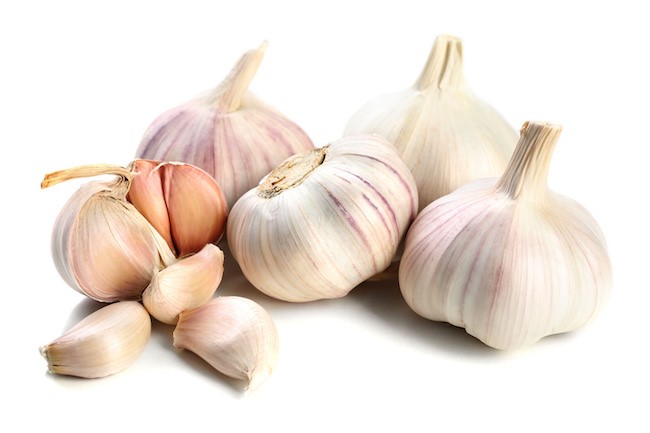
Garlic is a common ingredient worldwide and is also included in many Japanese dishes. It is often used within various sauces and broths to add a pungent spiciness. This includes rayu, a red oil-like condiment that is popular as a topping for ramen.
Karashi Mustard
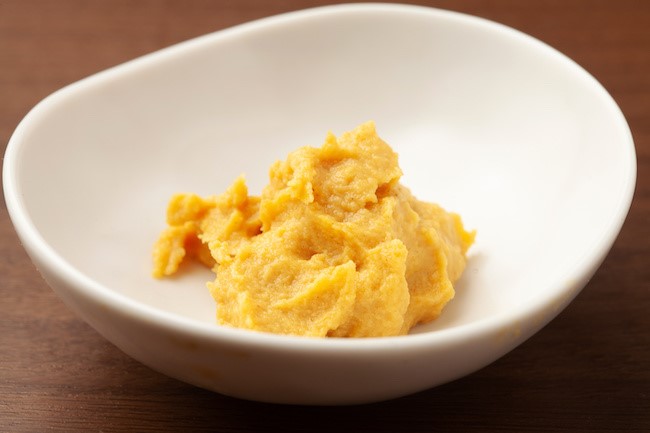
A commonly used ingredient in Japanese cuisine is a mustard known in Japan as karashi. It is important to recognize that karashi is very different from Western mustard. While it can be categorized as a yellow mustard, it is much spicier than the kind that typically tops a hot dog.
Karashi is made with crushed mustard seeds and horseradish, creating a strong and lingering spicy flavor. It is often added to rich dishes such as tonkatsu (breaded fried pork), oden (a Japanese hotpot-style dish), shumai dumplings (of Chinese origin but popular in Japan), and natto. There is also no vinegar in karashi mustard, leaving it without a sour, acidic aftertaste. It is available as both a powder and a paste, making it a versatile condiment for Japanese cooking.
《Click the photo(s) to purchase online》
Chili Pepper
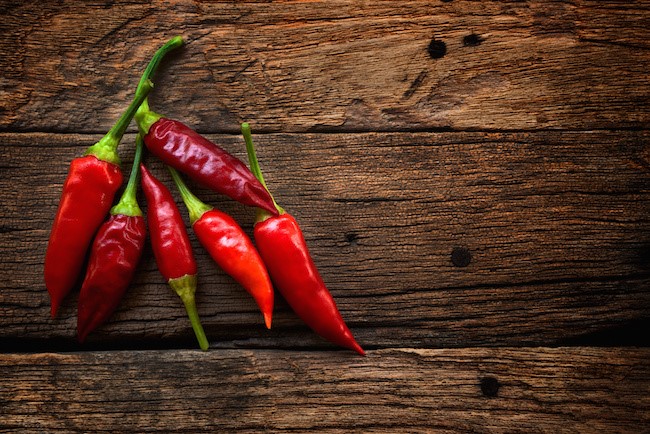
While chili is not often considered a standard Japanese spice, it is used in a number of popular Japanese foods, sauces, and seasonings. For example, the spicy rayu oil mentioned above is infused with chili peppers and often includes grated or dried chili.
Sansho Pepper
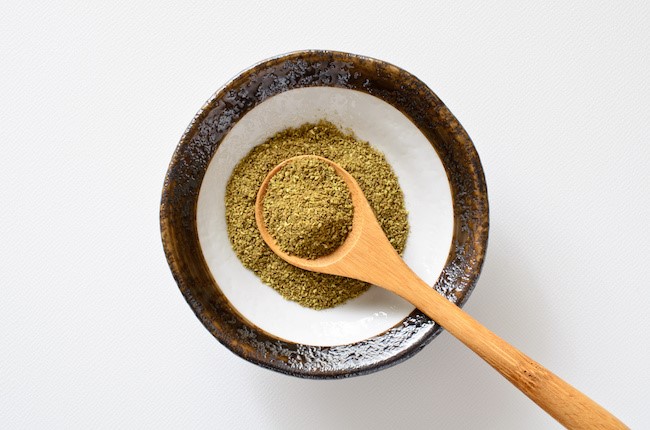
Sansho pepper is not very well-known in the Western world, but is actually one of the most commonly used spices in Japanese cooking. Made from Japanese green peppercorns, it is used similarly to black pepper in Western cooking. However, it is much stronger and spicier than black pepper. It also includes a unique citrus taste that enhances flavors and creates a refreshing touch to heavier dishes.
It is often included in spice blends and seasonings like shichimi togarashi. It can be used in almost all Japanese cooking, such as yakitori, noodle soups, unagi eel, and various other dishes.
《Click the photo(s) to purchase online》
Shichimi Togarashi
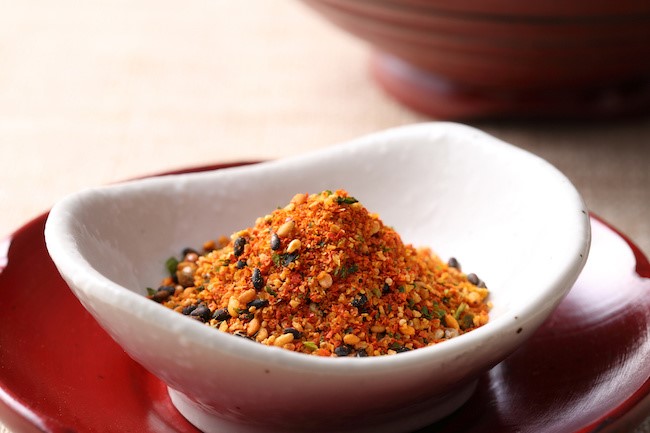
Shichimi togarashi, or Japanese seven-spice blend, contains three of the spices on our list along with several other ingredients. As the name would suggest, seven spices or flavorings are combined to create a unique blend. These can include:
- Chili pepper
- Sansho pepper
- Orange peel
- Sesame seeds (black / white)
- Hemp seeds
- Poppy seed
- Ginger
- Dried seaweed
Shichimi togarashi originally became popular during the Edo period. It is now often considered a table spice that can be added to a range of dishes according to personal preferences. However, it can also be included during the cooking stage.
《Click the photo(s) to purchase online》
Yuzu Kosho
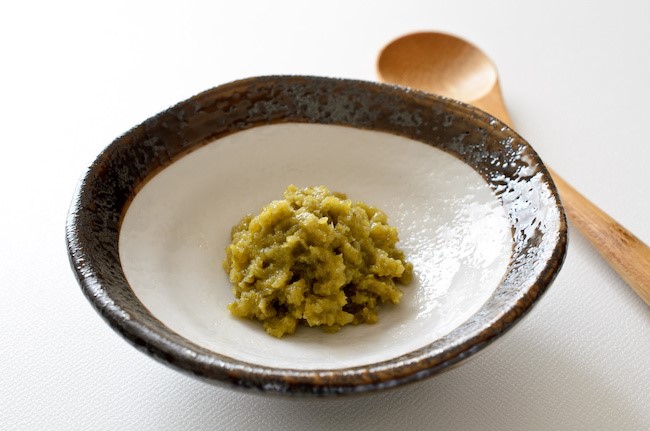
Yuzu kosho is a unique seasoning paste originating from Japan’s Kyushu region. It is made by blending fermented green chili peppers, yuzu peel and juice, and salt. Yuzu is a citrus native to Japan with a strong floral taste. This citrus taste combined with chili creates a fresh yet spicy flavor. Yuzu kosho is often used in hotpot-style dishes and as an accompaniment to various grilled dishes, such as yakitori.
《Click the photo(s) to purchase online》
Make Spices and Seasonings a Gateway to Exploring Japanese Cuisine
Traditional Japanese cuisine utilizes a variety of spices and seasonings to create its well-known and easily identifiable flavors. Many of the ingredients included on this list add a counterbalance to the subtle flavors and aromas typically associated with traditional Japanese dishes. These often-under-appreciated seasonings can be used in conjunction with fresh ingredients and careful techniques to create well-balanced, healthy meals.
For more information on Japanese ingredients like rice, natto, and more, be sure to check out our comprehensive Japanese food guides.











